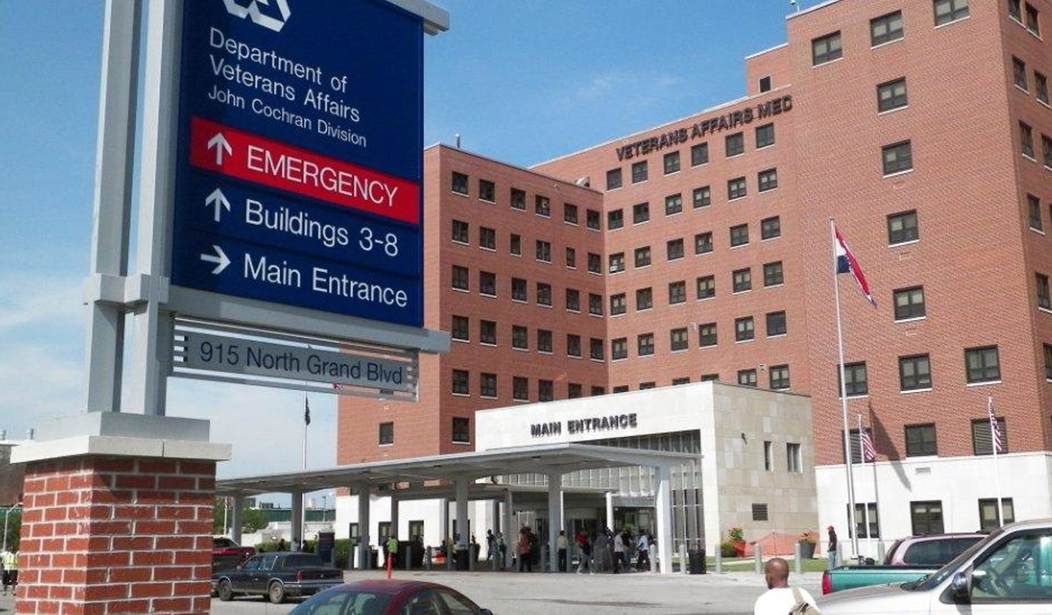WASHINGTON – The Government Accountability Office has found that the Department of Veterans Affairs has made little progress dealing with problems related to veterans’ healthcare and continues to categorize the agency as at high risk of failing to meet its goals.
In a report issued to the Senate Committee on Veterans Affairs, the GAO determined that the VA still needs to demonstrate “stronger leadership support as it continues its transition under a new administration” if it desires to shake the high-risk characterization. The agency must also develop an “action plan” to address identified areas of concern and implement additional GAO recommendations “not only to remedy the specific weaknesses identified, but because they may be symptomatic of larger underlying problems that also need to be addressed.”
“Although VA’s budget and enrollees have substantially increased for at least a decade, there have been numerous reports during this same period — by us, VA’s Office of the Inspector General, and others — of VA facilities failing to provide timely healthcare,” Debra A. Draper, director of the GAO’s healthcare division, told the panel Wednesday. “In some cases, the delays in care or VA’s failure to provide care at all reportedly have resulted in harm to veterans.”
In addition to concerns about access to care, Draper said, the VA faces challenges regarding the reliability, transparency and consistency of its budget estimates for medical services, as well as weaknesses in tracking obligations for medical services and estimating budgetary needs for future years.
Those issues and others led the GAO in 2015 to place the Department of Veterans Affairs on its high-risk list – a program initiated in 1990 that identifies governmental programs encountering serious problems related to fraud, waste, abuse, and mismanagement.
In designating the VA as high risk, the GAO found that the agency held ambiguous policies and inconsistent processes, had inadequate oversight and accountability, had problems with information technology, offered inadequate training for VA staff and maintained unclear resource needs and allocation priorities.
While VA officials have “expressed their commitment to addressing the concerns that led to the high-risk designation,” Draper said, progress thus far has been “limited.” The agency has created a task force and working groups and last August it presented GAO “with an action plan that acknowledged the deep-rooted nature of the areas of concern and stated that these concerns would require substantial time and work to address.”
Regardless, Draper said, several sections in the action plan “were missing critical actions that would support our criteria for removal from the High-Risk List, such as analyzing the root causes of the issues and measuring progress with clear metrics.”
“VA has partially met two of the five criteria: leadership commitment and an action plan,” Draper said. “VA has not met the other three criteria for removal — capacity to address the areas of concern, monitoring implementation of corrective actions and demonstrating progress.”
Testifying for the Department of Veterans Affairs, Dr. Carolyn Clancy, deputy undersecretary for health for organizational excellence, told lawmakers that VA officials “take GAO’s work seriously and appreciate the advice and feedback we have received from our colleagues” but that the recommended changes are going to take time, asserting that the transformation “is a marathon, not a sprint.”
“It takes several years to turn any organization around, and VA is no exception,” Clancy said. “While I am proud of the transformation VA has undergone in response to being placed on the High-Risk List, and the progress we have made, I am also acutely aware we have much more work to do to meet all five of GAO’s criteria for removal.”
Clancy further reported that new VA Secretary David Shulkin met with Comptroller General Gene Dodaro on March 3 “to convey VA leadership’s commitment to accelerating the changes required to meet all of GAO’s criteria for removal from the High-Risk List.”
Clancy said Shulkin acknowledged “the significant scope of the work that remains and committed to better integrate its high-risk related actions with the president’s priorities and ongoing performance improvement initiatives.”
VA, she said, immediately began working with GAO to follow through on Shulkin’s commitments to ensure continued VA collaboration with the office.









Join the conversation as a VIP Member